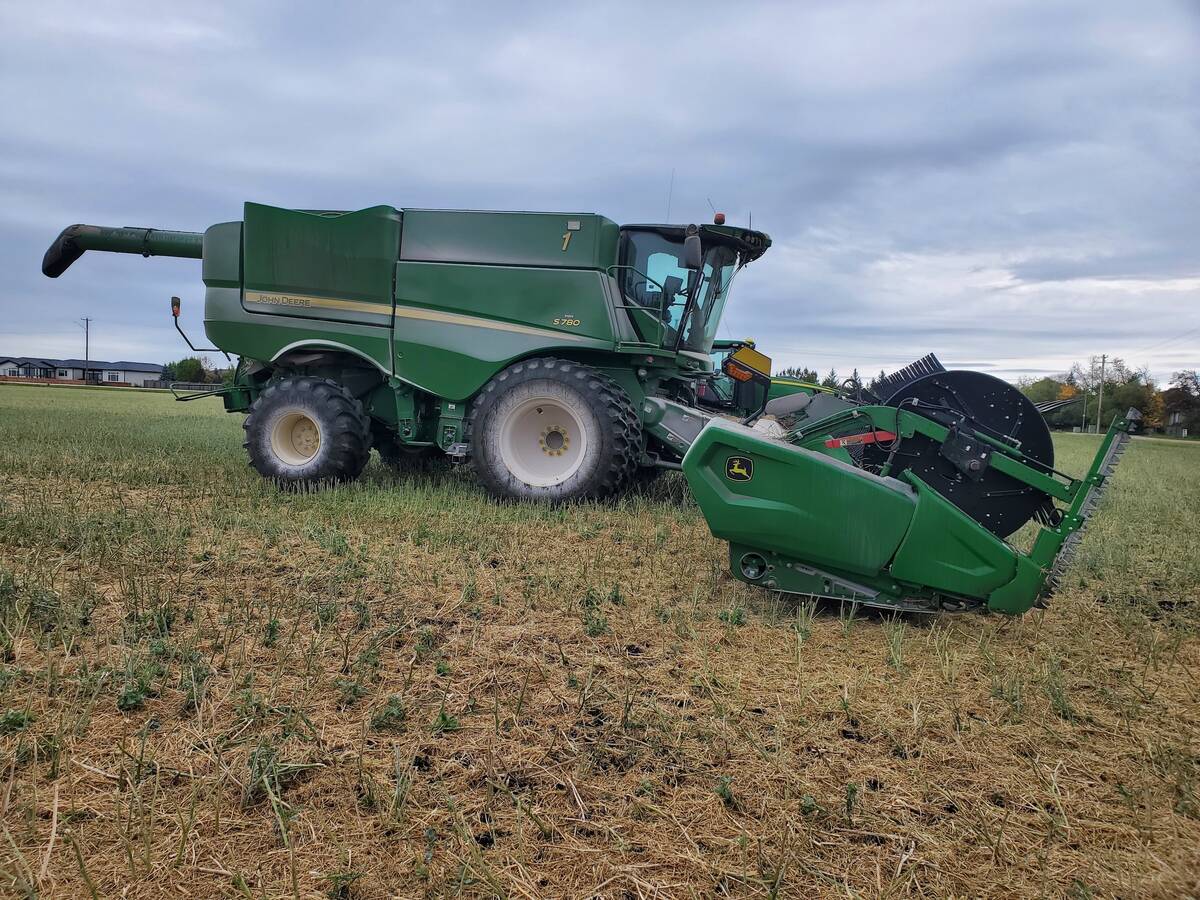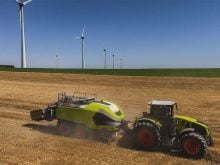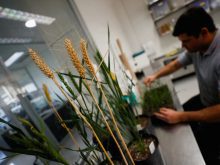VANCOUVER – Efforts to increase crop yields are causing agronomic headaches, but a seed company executive hopes to turn that around.
“We have some guys who are tilling their ground four or five times to deal with the stover,”Troy Hobbs, Monsanto’s corn biofuel strategy lead, said in an interview during the recent Canadian Renewable Fuels Summit in Vancouver.
The company has interviewed growers in high production areas who are struggling to deal with the biomass left behind after harvesting high-yielding and densely populated crops.
Read Also

Powdery mildew can be combine fire risk
Dust from powdery mildew can cause fires in combines.
Digging up the soil and repeatedly driving a tractor across a field is not a good scenario for a biofuel crop that is supposed to reduce greenhouse gases.
The U.S. Department of Energy estimates that farmers will produce 100 million tonnes of corn stover a year by 2015, which Hobbs said may some day become a second crop for growers who can sell it as a feedstock for cellulose ethanol production and biomass power generation.
“The low hanging fruit is power generation first.”
The corn biomass could be delivered directly to a nearby power plant or pelletized and shipped around the world.

















